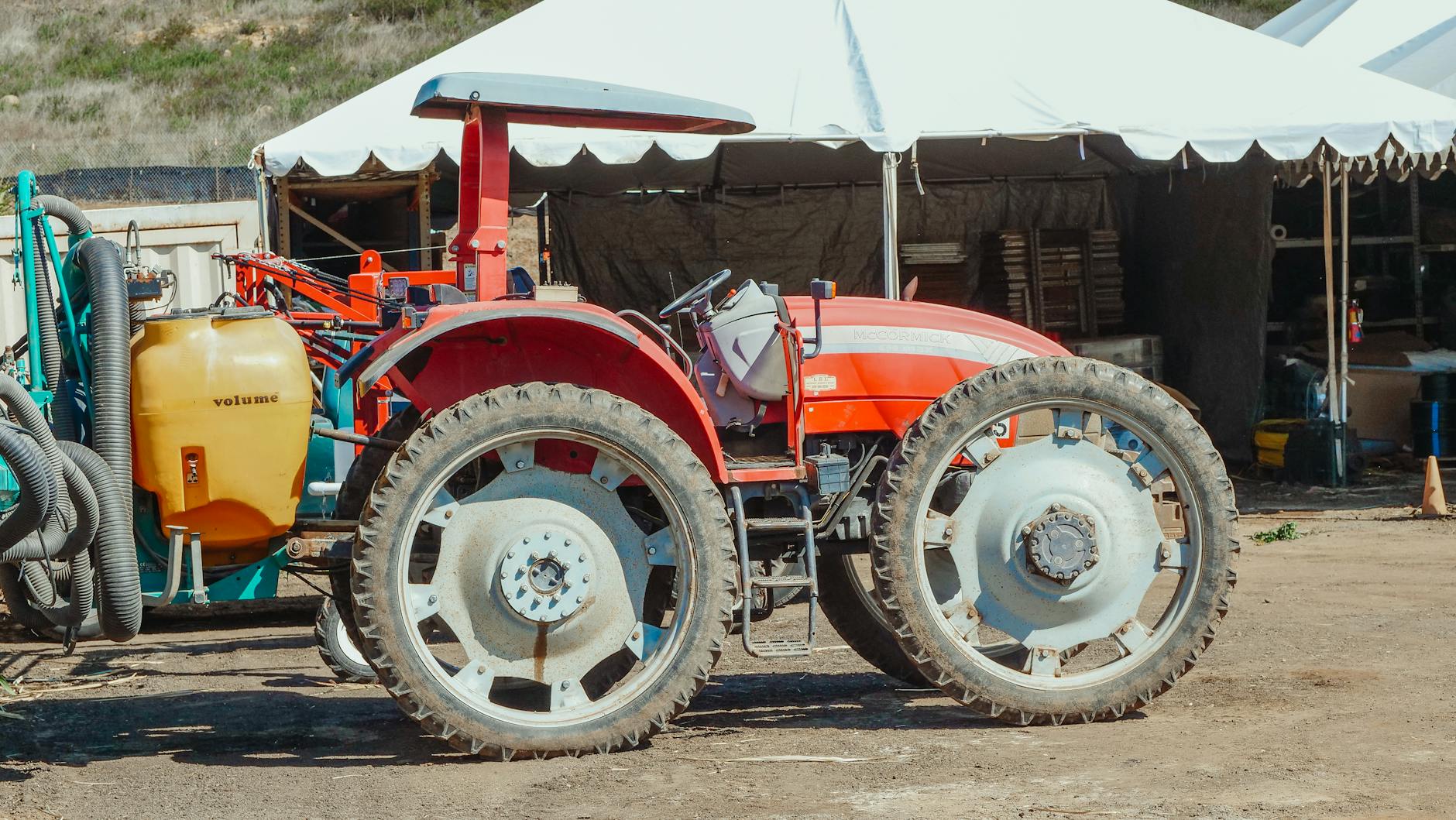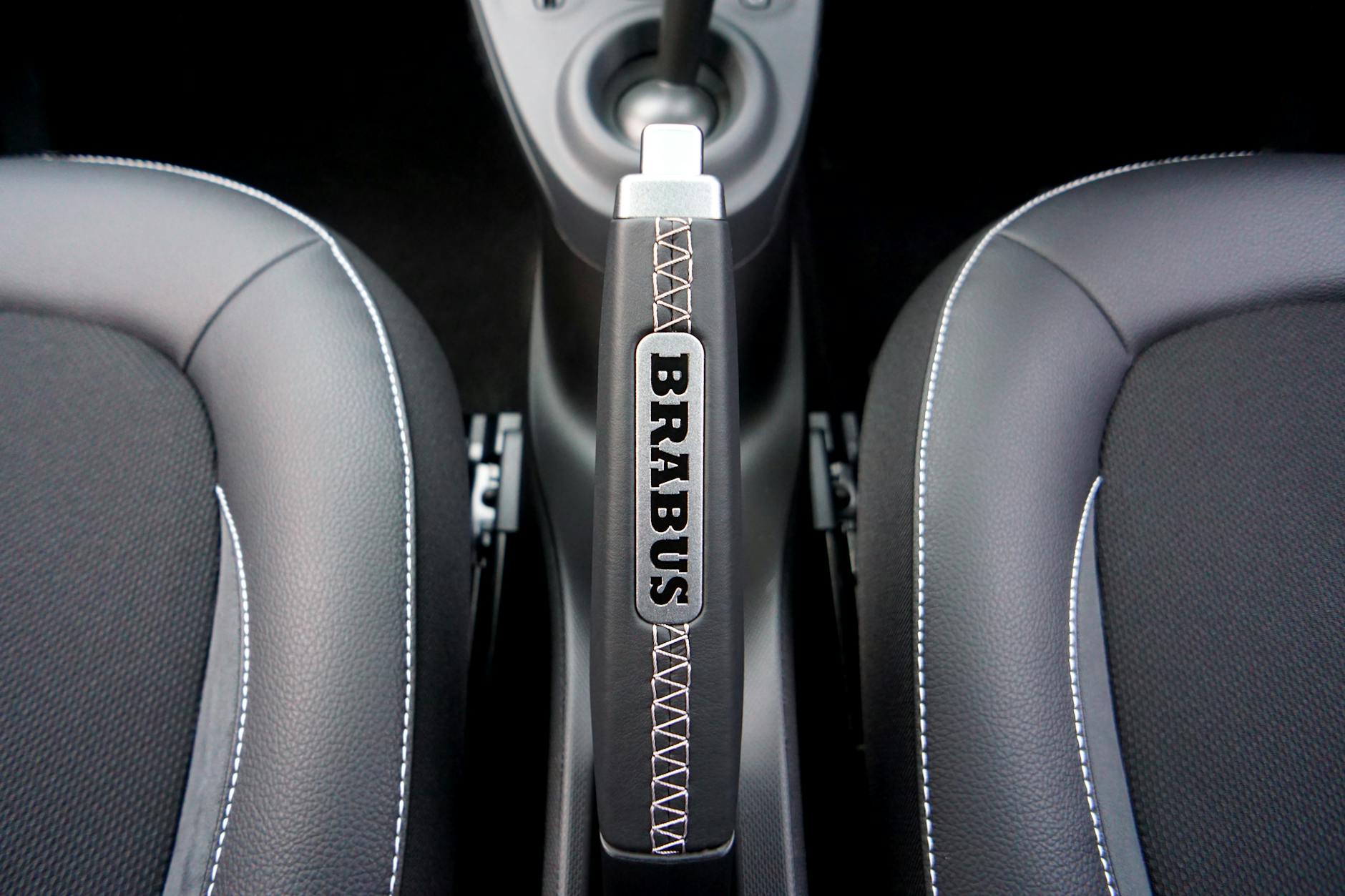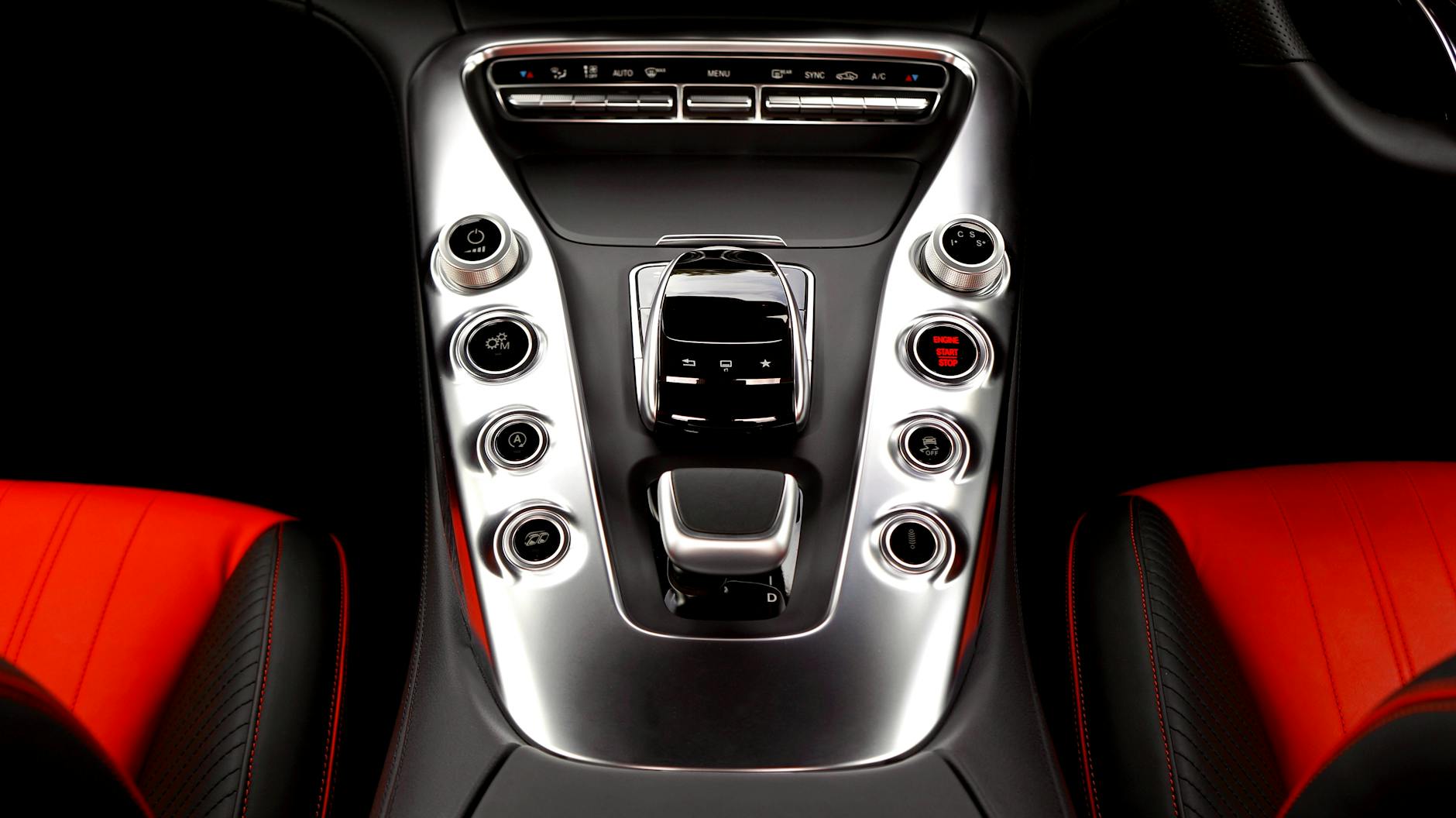Why Australia's Automotive Industry is Shifting Towards Sustainable Solutions

Shift to Eco-Friendly Vehicles
Rise of Electric and Hybrid Cars
Navigating Brisbane’s vibrant hub, I’ve noticed a surge in electric and hybrid cars, demonstrating the automotive industry’s commitment to eco-friendly solutions. The increased interest isn’t confined to just the glossy new models but extends to the thriving market for used cars, including renowned names like used Mazda. As automotive engineers, we recognise the importance of these vehicles in reducing urban pollution and promoting sustainable mobility.
The transformation at the Brisbane Technology Park, a beacon for innovation, mirrors this shift. It emphasises the city's focus not just on academic pursuits but practical implementations that improve urban living. As hybrid and electric vehicle adoption increases, understanding the intricacies of their powertrains and battery efficiency becomes essential. This is a venture into sophisticated drive systems that integrate electric motors with traditional engines, demanding high-level insights into regenerative braking systems, energy-storage capabilities, and the software that seamlessly orchestrates these elements.
These technical developments are reshaping consumer views on sustainability, challenging us to evaluate vehicle components for durability and eco-friendliness, even as they age. Enthusiasts and automotive professionals alike are encouraged to align their skills with these advancements, ensuring we push the envelope of engineering standards while resonating with sustainable goals. This era of transformation speaks directly to a future where ecological awareness and engineering brilliance coexist on our roads.
Sustainable Manufacturing Practices
Use of Recycled Materials
In the cutting-edge world of automotive engineering, sustainable practices are becoming increasingly paramount. A significant focus is on the use of recycled materials to reduce the environmental footprint of car manufacturing. This innovative approach not only mitigates waste but also lends itself to creating more energy-efficient vehicles. For example, integrating recycled aluminium and plastics in manufacturing can significantly cut down on resource consumption, contributing to a more sustainable production lifecycle.
Energy-Efficient Production Methods
Utilising energy-efficient production methods is another cornerstone of sustainable automotive practices. Powering facilities with renewable energy sources, such as solar or wind, plays a crucial role. Moreover, advanced robotics and AI systems optimise energy use, reducing waste and enhancing precision in production lines. This innovative shift not only aligns with eco-friendly ideals but also improves operational efficiency, ultimately lowering costs for manufacturers.
Waste Reduction Initiatives
The automotive industry is increasingly adopting robust waste reduction initiatives to further its commitment to sustainability. One such initiative is the implementation of closed-loop recycling systems, where waste products are repurposed back into manufacturing processes. This not just reduces landfill contributions but enhances resource circularity. Such initiatives echo the ethos found at the heart of Brisbane’s own Technology Park.
These sustainable manufacturing practices are reshaping the automotive landscape. By committing to these initiatives, manufacturers and designers lead the way in reducing environmental impact, aligning with evolving consumer demands for eco-friendlier vehicles like used hyundai and used subaru, without compromising on performance or style.
Impact on Consumer Preferences
Growing Demand for Sustainability
In recent years, I've observed a remarkable shift among consumers gravitating towards sustainability when choosing vehicles. This trend is driven by the need to reduce environmental impact and aligns closely with the values of many automotive enthusiasts. In this pursuit, cars that boast eco-friendly credentials are gaining traction just like a used mitsubishi. Notably, manufacturers and distributors are prompted to adopt greener approaches as consumers increasingly prioritise cars with reduced carbon footprints.
Aesthetic Appeal of Green Vehicles
The intersection of sustainability and design offers a compelling proposition for vehicle buyers. Meeting the expectations of eco-conscious consumers involves more than crafting efficient engines; it extends to creating visually striking vehicles that signal sustainable innovation. Car brands are now crafting stunningly designed eco-friendly models that balance form and function, attracting those who seek elegance without compromising their sustainable ethos, essentially transforming the aesthetics of green 2nd hand Ford Ranger vehicles.
Social Media Influence on Purchases
The role of social media in shaping automotive choices cannot be understated. Platforms such as Instagram and TikTok, often highlighted at events in the Brisbane Convention & Exhibition Centre, serve as powerful catalysts for purchase decisions. Influencers and content creators are sharing their experiences, making green vehicles buzzworthy in digital conversations. Their endorsements underscore not only the practicality but also the prestige associated with eco-conscious transportation.
Challenges in Implementation
Infrastructure Limitations
When we talk about the challenges of introducing eco-friendly vehicles, infrastructure is a significant hurdle. The current network of charging stations does not sufficiently support the increase in electric cars being sold. As an innovative car designer, I often stress the need for detailed planning and integration of charging facilities, ensuring they match the rising demand. The lack of charging points is a primary barrier to widespread adoption, making it difficult for potential users to switch from traditional vehicles to electric models like a 2nd hand Hyundai i30 or a hybrid second hand Toyota RAV4.
Resistance to Change Mindset
Another significant challenge is overcoming the entrenched mindset resisting this change. Transitioning to green vehicles requires a shift in perspective, especially concerning vehicle performance and maintenance. Many potential users feel uncertain about adopting new technologies and are hesitant due to perceived reliability issues. As a community of professional automotive engineers and enthusiasts, our role in education and advocacy is crucial to dispel myths surrounding eco-vehicle durability.
Technological Barriers
The final obstacle lies within the technological realm. The innovation in battery technology, for example, still grapples with limitations in energy density and longevity. This inevitably affects the vehicle's range and charge cycles, limiting the audience's confidence in going green. Continued research and investment in advanced materials and methods are essential to enhance these technologies' efficiency and sustainability.
Best Practices for Adoption
Raising Awareness through Campaigns
In our quest to revolutionise the automotive industry, fostering awareness campaigns is essential. These initiatives should highlight the tangible benefits of transitioning to sustainable vehicles, addressing both environmental and economic impacts. Think of campaigns that resonate with the local Brisbane community, perhaps showcasing success stories at the Brisbane Convention & Exhibition Centre or collaborating with the Queensland Museum's Science Centre to create interactive experiences. By informing the public about the virtues of sustainability, we encourage a broader acceptance and eagerness to embrace greener technologies.
Collaborating with Environmental Organisations
To make a significant impact, collaboration with environmental groups can drive change. By aligning ourselves with these organisations, we amplify our reach and credibility. Imagine creating a network of thought leadership sessions at the Brisbane Technology Park, where engineers and environmental advocates exchange insights. Such partnerships allow us to share innovations in eco-friendly vehicle technologies, potentially inspiring new perspectives in sustainable automotive design and fostering community-driven initiatives.
Harnessing the Power of Digital Platforms
In today's digital era, the power of online platforms is unparalleled. Leveraging these tools effectively can engage our core audience—professional engineers and automotive enthusiasts—and is key to driving the sustainability narrative forward. By curating engaging content, like videos and virtual workshops, we foster engagement and spark interest in eco-friendly innovations. A strategic use of digital platforms can increase the visibility of emerging technologies in eco vehicles, helping us reach new milestones in sustainability.


